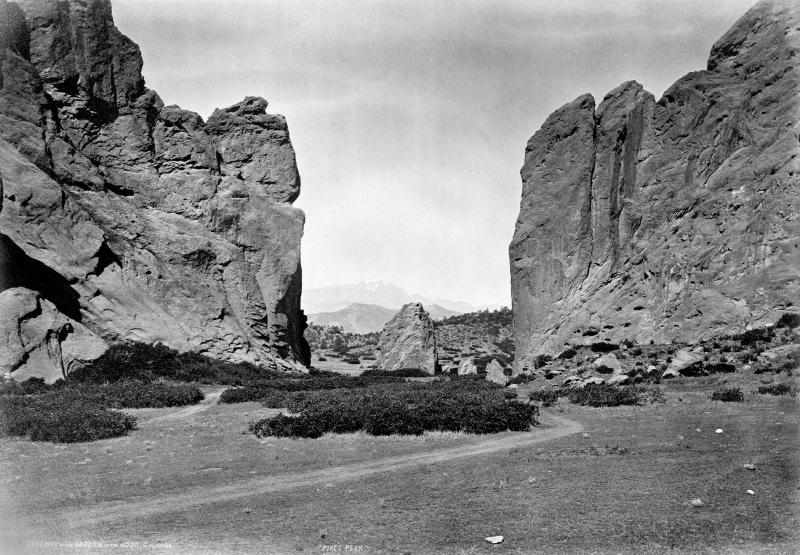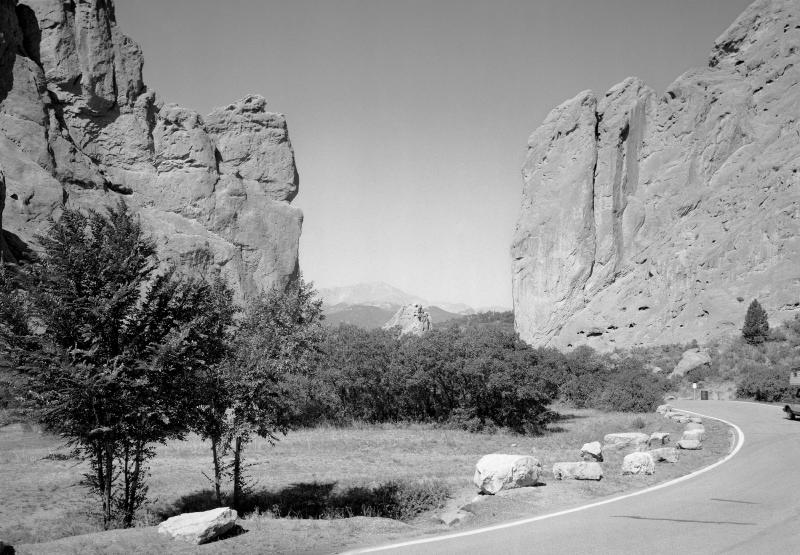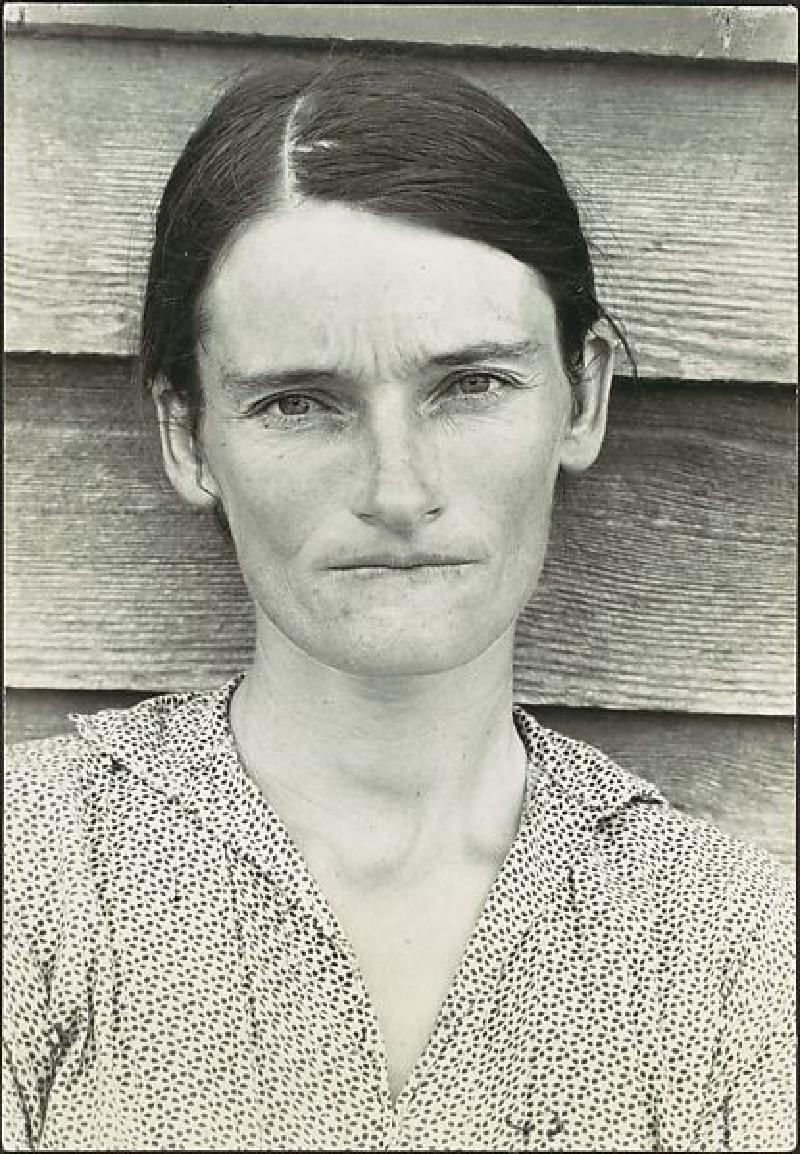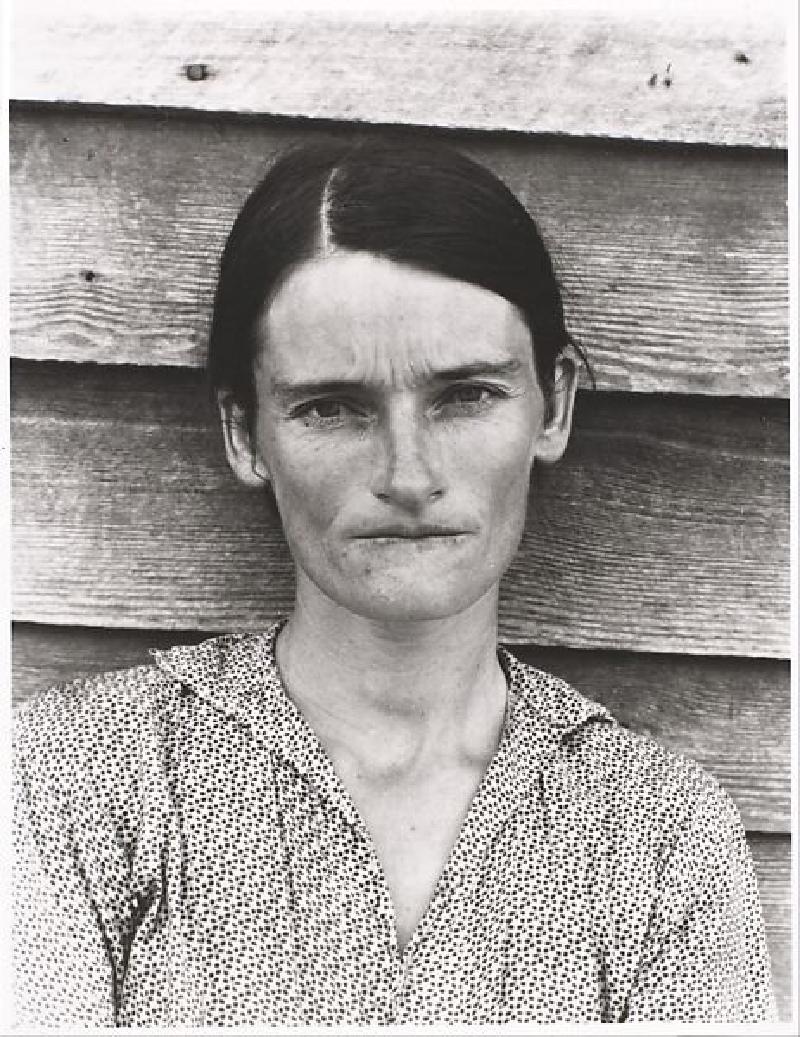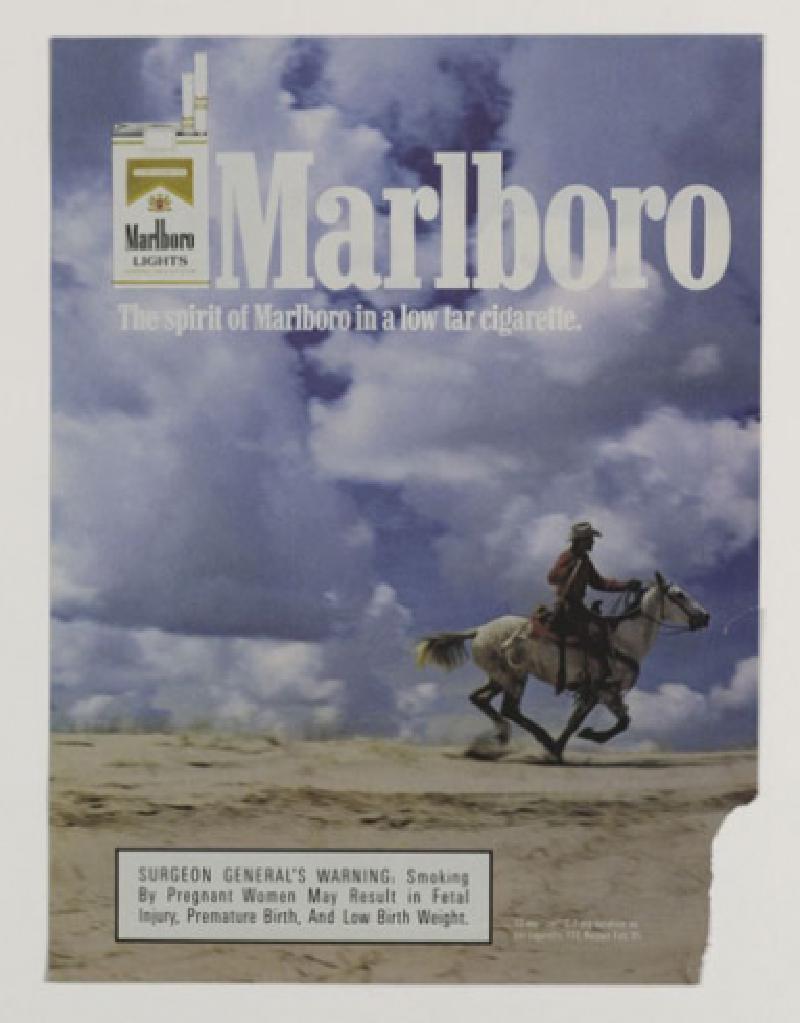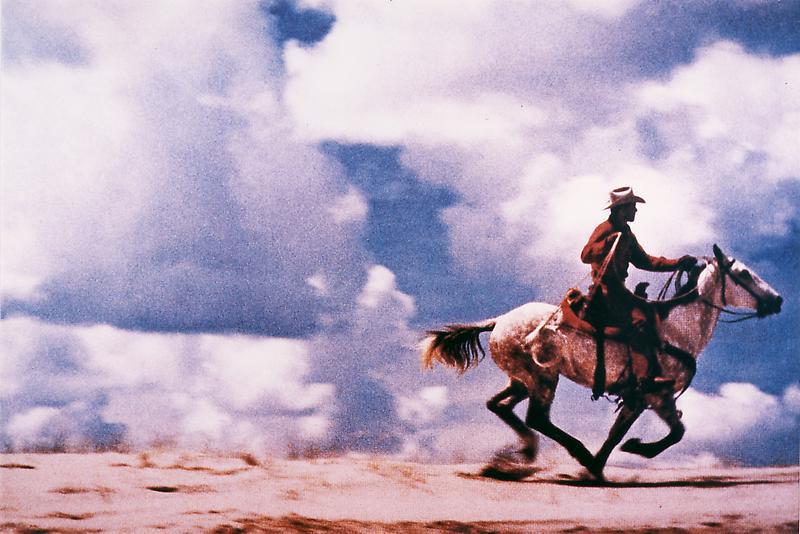Rephotography can refer to the photographing of the same object or location at different times.
The term “rephotography” or “rephotographic” comes from The Rephotographic Survey Project made in 1977 by Mark Klett, Ellen Manchester, and JoAnn Verburg. They photographed or “rephotographed” the same locations as previous photographs of locations of the American West from the nineteenth century. A conceptual part of the project was to attempt to accurately recreated the original photographs by setting the camera in the same location and matching the time of year and time of day of the original photograph.1
Later in 1998 Klett revisited sites in the west to rephotograph them again for a Third View project. He also made panoramic photographs that combined old photographs amid a series of present day photographs as a way of showing that the past, present and future are all linked, inseparable, yet different. This technique revealed that a photo of “Karnak Ridge” by Timothy H. O’Sullivan was taken at an angle to make the rocks and formation look taller and more imposing similar to VFX tricks in movies that show heroes “scaling” buildings while walking on level ground.2
William Henry Jackson, Gateway of the Garden of the Gods, Colorado, 1873
Mark Klett and JoAnn Verburg for the Rephotographic Survey Project, Gateway of the Garden of the Gods, Colorado Springs, CO, 1977 courtesy of the artist
In 1981, Sherrie Levine “rephotographed” an image of Allie Mae Burroughs3, a share cropper in Alabama, originally photographed by Walker Evans in 1936.4 By appropriating the images of Walker Evans and presenting them as her own, Levine deemphasized the concept of precious originality. Levine later reproduced famous paintings as paintings.
Walker Evans, Alabama Tenant Farmer Wife, 1936, Gelatin silver print, 20.9 x 14.4 cm (8 1/4 x 5 11/16 in.) © Walker Evans Archive, The Metropolitan Museum of Art . (This image is included on the basis of fair use.)
Sherrie Levin, After Walker Evans: 4, 1981, Gelatin silver print, 12.8 x 9.8 cm (5 1/16 x 3 7/8 in.) Metropolitan Museum of Art and Zwirner Gallery . (This image is included on the basis of fair use.)
Richard Prince’s early photographic work used rephotography to rephotograph cropped versions of advertisements. Prince once wrote that “Rephotography is a technique for stealing (pirating) already existing images, …”5 Prince has matter of fact view of appropriation as theft and focuses on the possibilities and “satisfying” possibilities. He made conceptual statements about the bouncing of light from original photo to camera and then throughout the rephotography process. The physical labor of creating a photo from a photo seems to become a work of art akin to a performance. Prince also questions the nature of information and what it means to reproduce or transmit imagery by encoding picture data on computer readable tapes. He referred to sending these photos, tapes, “halfway around the world” as “photoshperes.”6 Prince continued early investigations of authorship, originality, and authenticity into the social media age by appropriating images from Instagram and displaying them on gallery walls. His view of appropriation and rephotography is not universally held since some rights holders have won judgments against the artist in court.
The iconic image of the cowboy in front of the clouds was reportedly shot by Jim Brady.7
Tear Sheet, Original Marlboro Ad (This image is included on the basis of fair use.)
Richard Prince, Untitled (Cowboy), Ektacolor photograph, (50 x 75 inches, 127 x 190.5 cm) Used with permission courtesy of Fulton Ryder. richardprince.com
Is rephotography a form of fair use? Is cropping an image transformative? Does the physical act of taking a picture of a photograph create a new author? What if it was your photography that was rephotographed? Norm Clasen shot some of the original photographs used in Richard Prince’s work. Clasen shot photos of cowboys for Marlboro from approximately 1978 to 1992. He rode and traveled with the cowboy subjects of his photos in order to capture what are now iconic images of American mythology and fantasy. In 2018 he exhibited some of his original cowboy photos in an exhibition called Titled (Cowboy) as a reference to Prince’s Untitled (Cowboy). Clasen has referred to appropriation of others’ photography as “artistic piracy.”8
Contemporary Rephotography
Michael Mandiberg rephotographed rephotography by creating the website aftersherrielevine.com that includes high resolution copies of photographs, for download and printing by the public, from Sherrie Levine’s After Walker Evans series.
Rephotography has become ubiquitous with the increase of photography powered by small portable electronic devices such as cell phones and machine learning computer vision algorithms. Many photo applications will automatically scan a library of images for similar subjects and framing to create “then and now” parings showing a variety of subject matter from different times, similar to the original concept of rephotography.
Resources / Further Reading
- History Pin crowdsources matching historical and contemporary photos to locations using street view and GPS.
- Time Travel Rephotography uses a unique unified image processing method to enhance and colorize historical photographs.
References
Klett, Mark. Rephotographic-Survey-Project 1977-1979 (Archive Link) ↩︎
Fox, William L. Mark Klett RephotographyLook Again: Mark Klett’s Rephotography of the American West - National Gallery of Art (Archive Link) ↩︎
Constance Lewallen and Sherrie Levine Journal of Contemporary Art. 1993. (Web Archive) ↩︎
Metropolitain Museum of Art Collection Search Alabama Tenant Farmer Wife Walker Evans, American 1936. (Web Archive) ↩︎
Prince, Richard. Practicing Without A License 1977 (Web Archive) ↩︎
Prince, Richard. Photospheres (Web Archive) ↩︎
Time Video ↩︎
Norm Clasen: Titled (Cowboy) exhibition at M+B Photo March 2 to April 21, 2018. (Web Archive) ↩︎
